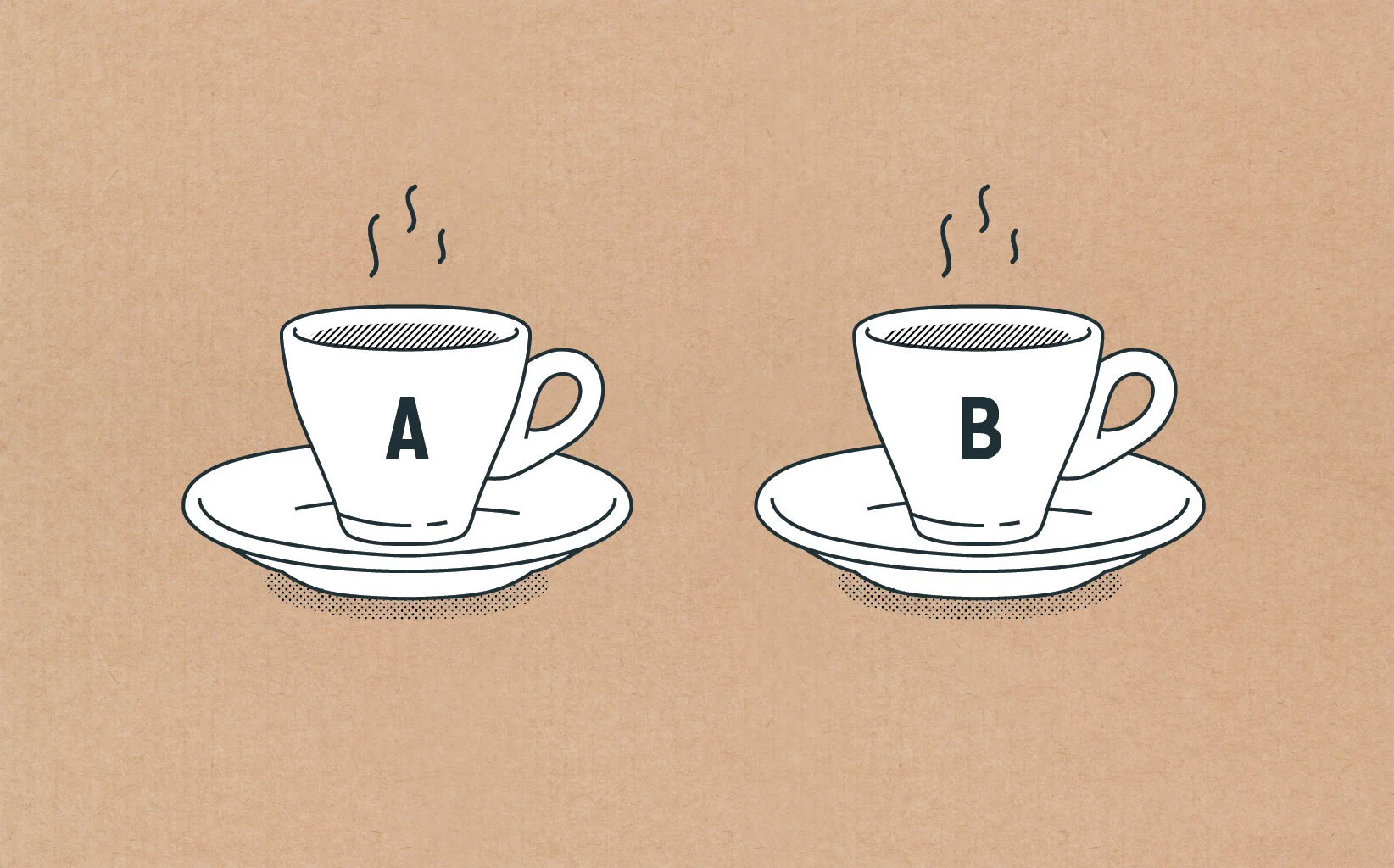What to Expect When You're... A New Customer?
When you need to visit the doctor, you know the general order of operations. You’ll call the office, make an appointment, arrive at the correct time, sign in, wait in the lobby… There may be a few small changes, such as paperwork or a lengthy check-in, but the process is generally the same. It’s something we’ve done before. You get the routine.
Can the same be said of your business? Sure, you understand what happens after a customer calls your business or fills out a form. You work with this brand every day. The question is whether this experience is as obvious to someone new. Do they know what happens next? Do they understand what comes after purchase? Adding expectations to your landing page can lift conversions and improve your site — and in our experience that can sometimes be tremendous, with a recent test exceeding a 33% lift.
Why advertise expectations?
Giving users the opportunity to learn what is expected during a service or after submitting their contact information will increase transparency and credibility of the brand, leading to more conversions and retention. Answering questions proactively can help avoid incorrect assumptions from could-be customers and placing them near your CTA keeps visitors from getting lost. You may already have expectation details located on a page titled FAQs, About, or How We Work; by moving at least some of that information to your landing page, you’re removing a step from your customer’s journey and keeping them closer to your conversion funnel.
Who can benefit from adding expectations to their website?
Selling a product? Expectations are likely managed. Offering a service, program, or experience? You may benefit from adding and managing client expectations. The more questions you think the average consumer would have before purchasing — or the more personal the service is, such as an in-home consultation — the higher the chance this could benefit your site. (But like all changes, you won’t know until you test.)
What do client expectations look like on a landing page?
Imagine you're in the drain and sewer business advertising preventative cleanings. During an expectations test, you may add a section on your landing page showing the three steps a homeowner will go through to start the service: call your number to quickly set up an appointment; allow one of your professionals to clean the system, mentioning the average appointment time length; and relax knowing their drains are free from clogs and tree roots. You're proactively answering questions while providing additional peace of mind for a service that some potential clients may know little about.
How can publishing expectations help my company?
In a recent Full Cup Creative project, a national brand experienced up to a 33.63% lift after adding appointment expectations to its website — and expectations tests across all Full Cup projects have never ended in a negative result, which supports them as a low risk and potentially high reward variable. Showing visitors what comes after the contact form is submitted gives assurances to users and proactively answers questions they may have about the service. Users no longer have to make assumptions about what will happen with the information they are handing over or guess what the service they’re purchasing will be like.




